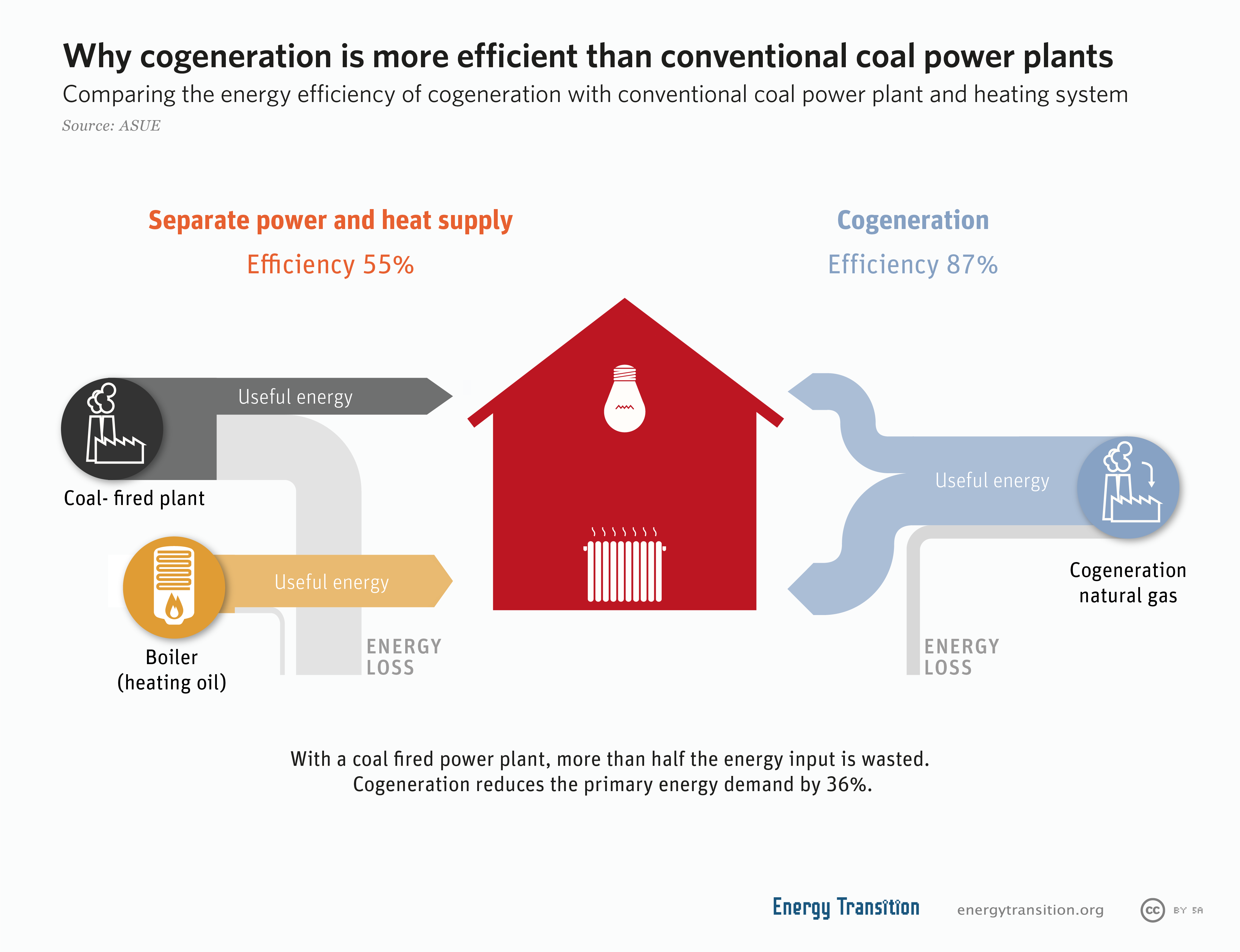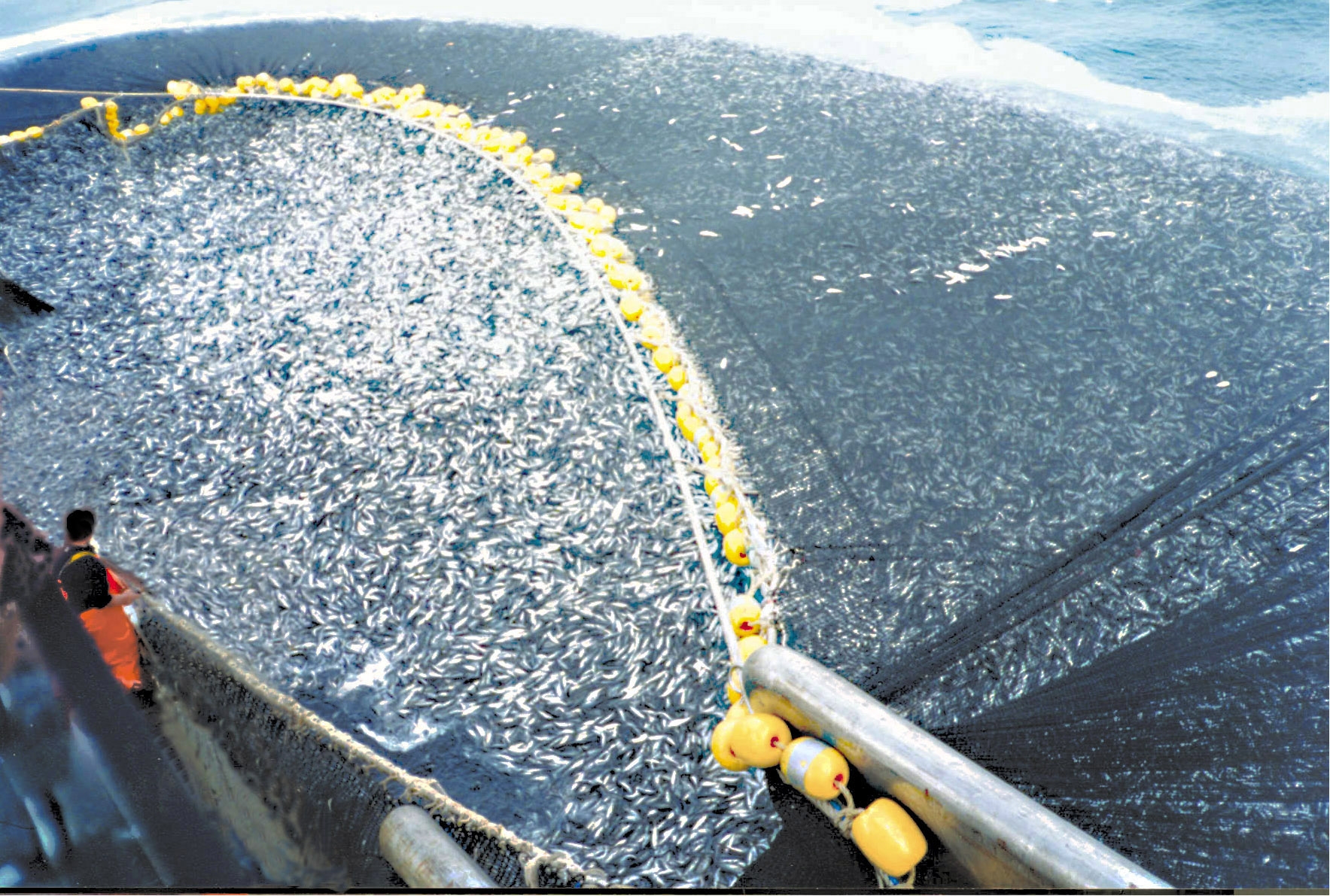|
Renewables Obligation Certificates
The Renewables Obligation (RO) is a market support mechanism designed to encourage generation of electricity from eligible renewable sources in the United Kingdom. There are three related schemes for the three legal jurisdictions of the UK. In April 2002 the Renewables Obligation was introduced in England and Wales, and in Scotland as the Renewables Obligation (Scotland). The RO was introduced in Northern Ireland in April 2005. In all cases, the RO replaced the Non-Fossil Fuel Obligation which operated from 1990. The RO placed an obligation on licensed electricity suppliers in the United Kingdom to source an increasing proportion of electricity from renewable sources, similar to a renewable portfolio standard. This figure was initially set at 3% for the period 2002/03, and in 2010/11 it was 11.1% (4.0% in Northern Ireland). By 2020 it was almost half of all electricity in England, Wales and Scotland, and nearly 20% in Northern Ireland. An extension of the scheme from 2027 to 20 ... [...More Info...] [...Related Items...] OR: [Wikipedia] [Google] [Baidu] |
Renewable Energy In The United Kingdom
Renewable energy in the United Kingdom contributes to production for electricity, heat, and transport. From the mid-1990s, renewable energy began to play a part in the UK's electricity generation, building on a small hydroelectricity, hydroelectric capacity. Wind power in the United Kingdom, Wind power, which is abundant in the UK, has since become the main source of renewable energy. , renewable sources generated 41.8% of the electricity produced in the UK; around 6% of total UK energy usage. Q4 2022 statistics are similar, with low carbon electricity generation (which includes nuclear) at 57.9% of total electricity generation (same as Q4 2021). Wind energy production was 26,000 GWh in Q4 2022 (from 2,300 GWh in Q1 2010), and the installed capacity of 29,000 MW (5,000 in 2010) ranked the UK Wind power by country, 6th in the world in 2022. In 2022, bioenergy comprised 63% of the renewable energy sources utilized in the UK, with wind accounting for the majority of the remai ... [...More Info...] [...Related Items...] OR: [Wikipedia] [Google] [Baidu] |
Offshore Wind Power
Offshore wind power or offshore wind energy is the generation of electricity through wind farms in bodies of water, usually at sea. There are higher wind speeds offshore than on land, so offshore farms generate more electricity per amount of capacity installed.Madsen & KrogsgaardOffshore Wind Power 2010 '' BTM Consult'', 22 November 2010. Retrieved: 22 November 2010. Offshore wind farms are also less controversial than those on land, as they have less impact on people and the landscape. Unlike the typical use of the term "offshore" in the marine industry, offshore wind power includes inshore water areas such as lakes, fjords and sheltered coastal areas as well as deeper-water areas. Most offshore wind farms employ fixed-foundation wind turbines in relatively shallow water. Floating wind turbines for deeper waters are in an earlier phase of development and deployment. As of 2022, the total worldwide offshore wind power nameplate capacity was 64.3 gigawatt (GW). China (49%) ... [...More Info...] [...Related Items...] OR: [Wikipedia] [Google] [Baidu] |
Combined Heat And Power (CHP)
Cogeneration or combined heat and power (CHP) is the use of a heat engine or power station to generate electricity and useful heat at the same time. Cogeneration is a more efficient use of fuel or heat, because otherwise- wasted heat from electricity generation is put to some productive use. Combined heat and power (CHP) plants recover otherwise wasted thermal energy for heating. This is also called combined heat and power district heating. Small CHP plants are an example of decentralized energy. By-product heat at moderate temperatures ( can also be used in absorption refrigerators for cooling. The supply of high-temperature heat first drives a gas or steam turbine-powered generator. The resulting low-temperature waste heat is then used for water or space heating. At smaller scales (typically below 1 MW), a gas engine or diesel engine may be used. Cogeneration is also common with geothermal power plants as they often produce relatively low grade heat. Binary cycles may ... [...More Info...] [...Related Items...] OR: [Wikipedia] [Google] [Baidu] |
Biomass
Biomass is a term used in several contexts: in the context of ecology it means living organisms, and in the context of bioenergy it means matter from recently living (but now dead) organisms. In the latter context, there are variations in how biomass is defined, e.g., only from plants, from plants and algae, from plants and animals. The vast majority of biomass used for bioenergy does come from plants and fecal matter. Bioenergy is a type of renewable energy that the bioenergy industry claims has the potential to assist with climate change mitigation. Uses in different contexts Ecology * Biomass (ecology), the mass of living biological organisms in a given area or ecosystem at a given time. This can be the biomass of particular species or the biomass of a particular community or habitat. Energy * Biomass (energy), biomass used for energy production or in other words: biological mass used as a renewable energy source (usually produced through agriculture, forestry or ... [...More Info...] [...Related Items...] OR: [Wikipedia] [Google] [Baidu] |
Anaerobic Digestion
Anaerobic digestion is a sequence of processes by which microorganisms break down biodegradable material in the absence of oxygen. The process is used for industrial or domestic purposes to Waste management, manage waste or to produce fuels. Much of the Fermentation (biochemistry), fermentation used industrially to produce food and drink products, as well as home fermentation, uses anaerobic digestion. Anaerobic digestion occurs naturally in some soils and in lake and oceanic basin sediments, where it is usually referred to as "anaerobic activity". This is the source of Methane#Occurrence, marsh gas methane as discovered by Alessandro Volta in 1776. Anaerobic digestion comprises four stages: * Hydrolysis *Acidogenesis *Acetogenesis *Methanogenesis The digestion process begins with bacterial hydrolysis of the input materials. Insoluble organic polymers, such as carbohydrates, are broken down to soluble derivatives that become available for other bacteria. Acidogenesis, Acidogen ... [...More Info...] [...Related Items...] OR: [Wikipedia] [Google] [Baidu] |
Biogas
Biogas is a gaseous renewable energy source produced from raw materials such as agricultural waste, manure, municipal waste, plant material, sewage, green waste, Wastewater treatment, wastewater, and food waste. Biogas is produced by anaerobic digestion with anaerobic organisms or methanogens inside an Anaerobic digestion, anaerobic digester, biodigester or a bioreactor. The gas composition is primarily methane () and carbon dioxide () and may have small amounts of hydrogen sulfide (), moisture and siloxanes. The methane can be combusted or oxidized with oxygen. This energy release allows biogas to be used as a fuel; it can be used in fuel cells and for heating purpose, such as in cooking. It can also be used in a gas engine to convert the energy in the gas into electricity and heat. After removal of carbon dioxide and hydrogen sulfide it can be compressed natural gas, compressed in the same way as natural gas and used to power Alternative fuel vehicle, motor vehicles. In the Un ... [...More Info...] [...Related Items...] OR: [Wikipedia] [Google] [Baidu] |
Northern Ireland Authority For Energy Regulation
Northern may refer to the following: Geography * North, a point in direction * Northern Europe, the northern part or region of Europe * Northern Highland, a region of Wisconsin, United States * Northern Province, Sri Lanka * Northern Range, a range of hills in Trinidad * Northern State (Sudan), one of the 18 wilayat (states) of Sudan Schools * Northern Collegiate Institute and Vocational School (NCIVS), a school in Sarnia, Canada * Northern Secondary School, Toronto, Canada * Northern Secondary School (Sturgeon Falls), Ontario, Canada * Northern University (other), various institutions * Northern Guilford High School, a public high school in Greensboro, North Carolina Companies * Arriva Rail North, a former train operating company in northern England * Chemins de fer du Nord (Northern Railway Company), a former rail transport company in northern France * Nord-Aviation (Northern Aviation), a former state-owned French aircraft manufacturer. * Compañía de los Caminos d ... [...More Info...] [...Related Items...] OR: [Wikipedia] [Google] [Baidu] |
Department Of Enterprise Trade And Investment
The Department for the Economy (DfE, ) is a devolved Northern Ireland government department in the Northern Ireland Executive. The minister with overall responsibility for the department is the Minister for the Economy. DfE was renamed in 2016; it was previously called the Department for Enterprise, Trade and Investment. Aim DfE's overall aim is to "promote the development of a globally competitive economy." Its stated objective is to "encourage the development of a high value added, innovative, enterprising and competitive economy, leading to greater wealth creation and job opportunities for all." Responsibilities The department is responsible for the following policy areas:http://www.detini.gov.uk DETI * company registration (prior to commencement of the Companies Act 2006 on 1 October 2009) * consumer affairs * economic policy development * energy * employment law matters * health and safety at work * insolvency * mineral development * tourism Some economic matters are ... [...More Info...] [...Related Items...] OR: [Wikipedia] [Google] [Baidu] |
Scottish Executive
The Scottish Government (, ) is the executive arm of the devolved government of Scotland. It was formed in 1999 as the Scottish Executive following the 1997 referendum on Scottish devolution, and is headquartered at St Andrew's House in the capital city, Edinburgh. It has been described as one of the most powerful devolved governments globally, with full legislative control over a number of areas, including education, healthcare, justice and the legal system, rural affairs, housing, the crown estate, the environment, emergency services, equal opportunities, public transport, and tax, amongst others. Ministers are appointed by the first minister with the approval of the Scottish Parliament and the monarch from among the members of the Parliament. The Scotland Act 1998 makes provision for ministers and junior ministers, referred to by the current administration as Cabinet secretaries and ministers, in addition to two law officers: the lord advocate and the solicitor gene ... [...More Info...] [...Related Items...] OR: [Wikipedia] [Google] [Baidu] |
Department Of Trade And Industry (United Kingdom)
The Department of Trade and Industry (DTI) was a United Kingdom government department formed on 19 October 1970. It was replaced with the creation of the Department for Business, Enterprise and Regulatory Reform and the Department for Innovation, Universities and Skills on 28 June 2007. History The department was formed on 19 October 1970 through the merger of the Board of Trade and the Ministry of Technology, creating a new cabinet post of Secretary of State for Trade and Industry. Additionally, the department also took over the Department of Employment's former responsibilities for monopolies and mergers. However, in January 1974, the department's responsibilities for energy production were transferred to a newly created Department of Energy. On 5 March that year, following a Labour Party victory in the February 1974 general election, the department was split into the Department of Trade, the Department of Industry and the Department of Prices and Consumer Protection. ... [...More Info...] [...Related Items...] OR: [Wikipedia] [Google] [Baidu] |
Renewable
A renewable resource (also known as a flow resource) is a natural resource which will replenish to replace the portion depleted by usage and consumption, either through natural reproduction or other recurring processes in a finite amount of time in a human time scale. It is also known as non conventional energy resources. When the recovery rate of resources is unlikely to ever exceed a human time scale, these are called perpetual resources. Renewable resources are a part of Earth's natural environment and the largest components of its ecosphere. A positive life-cycle assessment is a key indicator of a resource's sustainability. Definitions of renewable resources may also include agricultural production, as in agricultural products and to an extent water resources.What are "Renewable Resources" ... [...More Info...] [...Related Items...] OR: [Wikipedia] [Google] [Baidu] |







